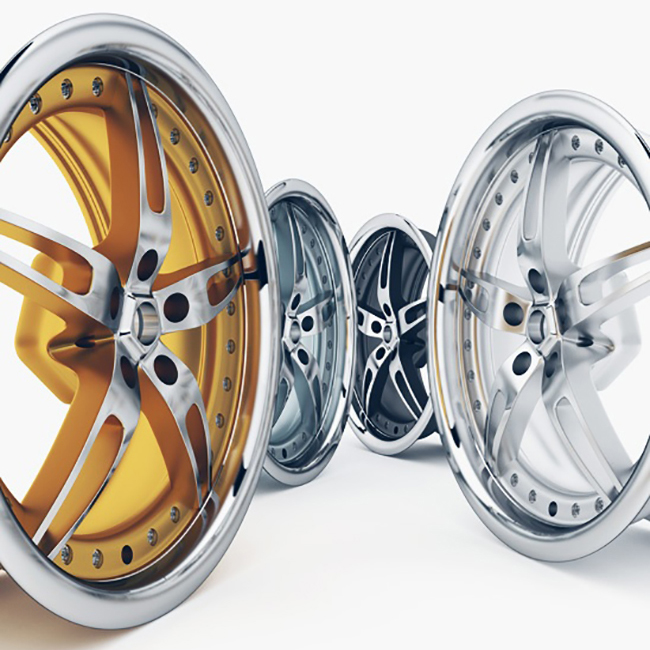нов . 23, 2024 05:37 Back to list
dust seal vs oil seal
Dust Seal vs. Oil Seal A Comprehensive Comparison
When it comes to machinery and equipment maintenance, seals play a crucial role in ensuring optimal performance and longevity. Two common types of seals utilized in various applications are dust seals and oil seals. Though they might appear similar, their functions, designs, and materials differ significantly. Understanding these differences can help in making informed decisions regarding machinery maintenance and component selection.
What is a Dust Seal?
A dust seal is primarily designed to prevent dust, dirt, and other contaminants from entering sensitive components such as bearings, motors, and hydraulic systems. These seals create a barrier against particulate matter that can lead to wear and tear, corrosion, and operational inefficiencies. Dust seals are typically made from materials that provide excellent resistance to abrasives, which can be found in environments such as construction sites, manufacturing plants, and outdoor machinery.
Key Characteristics of Dust Seals
1. Material Composition Dust seals are often made from rubber or elastomeric materials that offer flexibility and durability. Some may use a metal casing or be reinforced with fabric to improve strength.
2. Design They usually have a lip that flexes against the housing to create a tight seal, while some designs may include deflecting barriers or grooves to enhance sealing effectiveness against fine particles.
3. Applications Commonly used in automotive wheel bearings, industrial machinery, and outdoor equipment, dust seals are ideal for environments where exposure to debris is significant.
What is an Oil Seal?
An oil seal, on the other hand, is specifically designed to contain lubricants within a mechanical assembly while preventing leakage. Unlike dust seals, oil seals are primarily focused on retaining oil and other liquid lubricants to ensure that bearings, gears, and other moving parts remain lubricated.
Key Characteristics of Oil Seals
dust seal vs oil seal

1. Material Composition Oil seals are often constructed from similar materials as dust seals, including rubber and thermoplastics. However, they may contain additives to enhance their resistance to petroleum products, heat, and oxidation.
2. Design Oil seals typically have a more complex design, often featuring a single or double lip configuration. The sealing lip creates a hydrodynamic film that helps to prevent lubricant loss while maintaining the correct amount of lubricating fluid within the component.
3. Applications Oil seals are commonly used in automotive applications (like engines and transmissions) and various industrial applications where liquid lubricants are used.
Comparison of Performance
While both seals serve protective functions, their efficacy is conditional upon the environment and the specific application
- Contamination Control Dust seals excel in preventing solid contaminants from entering and damaging critical components. They reduce wear caused by abrasive particles, significantly increasing the lifespan of machinery.
- Lubrication Maintenance Oil seals are crucial in maintaining the correct level of lubrication in mechanical systems, thus preventing overheating, wear, and failure due to insufficient oil.
- Operational Environment Dust seals are favored in dirty environments where particulate contamination is a concern, while oil seals are essential in systems where liquid lubricants are involved.
Conclusion
In summary, while both dust seals and oil seals are essential components in machinery operation and maintenance, they serve distinct purposes. Dust seals primarily focus on keeping dirt and debris out, protecting sensitive parts from wear, while oil seals are designed to contain lubricants, preventing them from leaking and ensuring that moving parts are adequately lubricated. Choosing the right seal for your application requires a thorough understanding of the operational environment and the specific needs of the machinery in question.
For optimal maintenance, it is crucial to consider these factors when selecting between dust seals and oil seals. Proper selection can enhance the reliability, efficiency, and lifespan of mechanical systems, ultimately leading to better performance and reduced operational costs.
-
TCN Oil Seal Metal Ring Reinforcement for Heavy Machinery
NewsJul.25,2025
-
Rotary Lip Seal Spring-Loaded Design for High-Speed Applications
NewsJul.25,2025
-
Hydraulic Cylinder Seals Polyurethane Material for High-Impact Jobs
NewsJul.25,2025
-
High Pressure Oil Seal Polyurethane Coating Wear Resistance
NewsJul.25,2025
-
Dust Proof Seal Double Lip Design for Construction Equipment
NewsJul.25,2025
-
Hub Seal Polyurethane Wear Resistance in Agricultural Vehicles
NewsJul.25,2025
-
The Trans-formative Journey of Wheel Hub Oil Seals
NewsJun.06,2025
Products categories
















